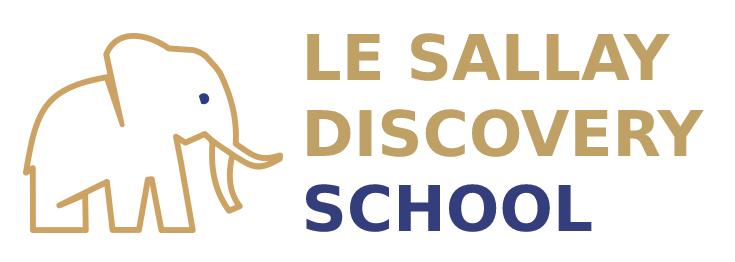"One of my favorite things about teaching is creating a classroom space where things can be light and funny, not all business"
We have asked Le Sallay Discovery's teacher of History Natalie Gordon to share some of her favorite stories from her teaching experience. Let's just say that the one about a mummified spider kept as a pet by the entire class is one of our favorite stories too.
25 October 2022

- What is your teaching philosophy?
Furthermore, I believe myself to be a warm demander. This means that in my classroom, I hope to set high expectations for students while simultaneously creating a safe space for students to fail, and succeed, with each other and have the confidence to ask for help when they need it. This approach allows students to see themselves as capable learners, even in the face of difficulties and challenges.
- What is your teaching philosophy?
Furthermore, I believe myself to be a warm demander. This means that in my classroom, I hope to set high expectations for students while simultaneously creating a safe space for students to fail, and succeed, with each other and have the confidence to ask for help when they need it. This approach allows students to see themselves as capable learners, even in the face of difficulties and challenges.
- What is your teaching background, and what drew you to Le Sallay’s blended learning model?
With Le Sallay’s blended approach, I saw the potential to give students access to both the benefits of online and in-person learning. While in person, students and teachers can create a rapport that can then be carried over into the online platform. These sessions can also be used to allow students to showcase what they have learned through demonstrations, projects, and class debates or simulations. While online, students learn to be accountable for their own learning and timeline, giving them time management skills and the opportunity to direct their own learning at a pace and schedule that works for them. This also gives them the opportunity to peruse activities they are passionate about outside of school that may not be conducive to a “traditional” learning schedule.
- What is your favorite thing about teaching?
- What do you think are the biggest challenges in teaching history in middle school in our days?
Another challenge I believe is moving away from the notion that history is something that is set in stone. Of course, there are dates and events, rather, big picture items that we can say, “yes, this is true.” However, I think it is important for both teachers and students to recognize the subjectivity of history and how it can be told from many different perspectives at many different times. This moves away from many people's traditional ideas about history, but by presenting history as a subjective area of study, we can challenge our students to think critically and beyond textbook-style history, allowing students to become more empathetic learners and world citizens.
- What were you like in middle school?
- Do you have any favorite stories from the classroom that you would like to share?
This story demonstrates the creativity of children and their imagination. One of my favorite things about teaching is seeing this type of passion bring children alive and create a classroom space where things can be light and funny, not all business.

